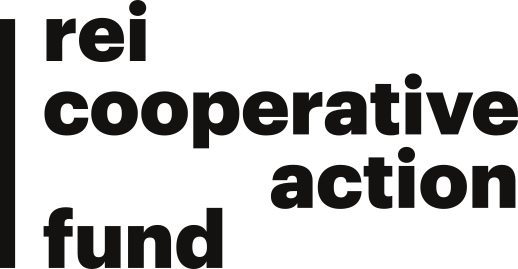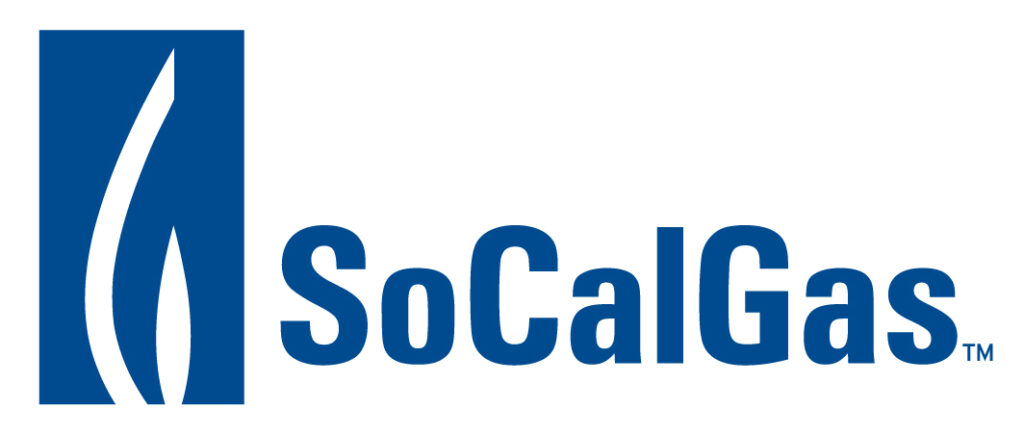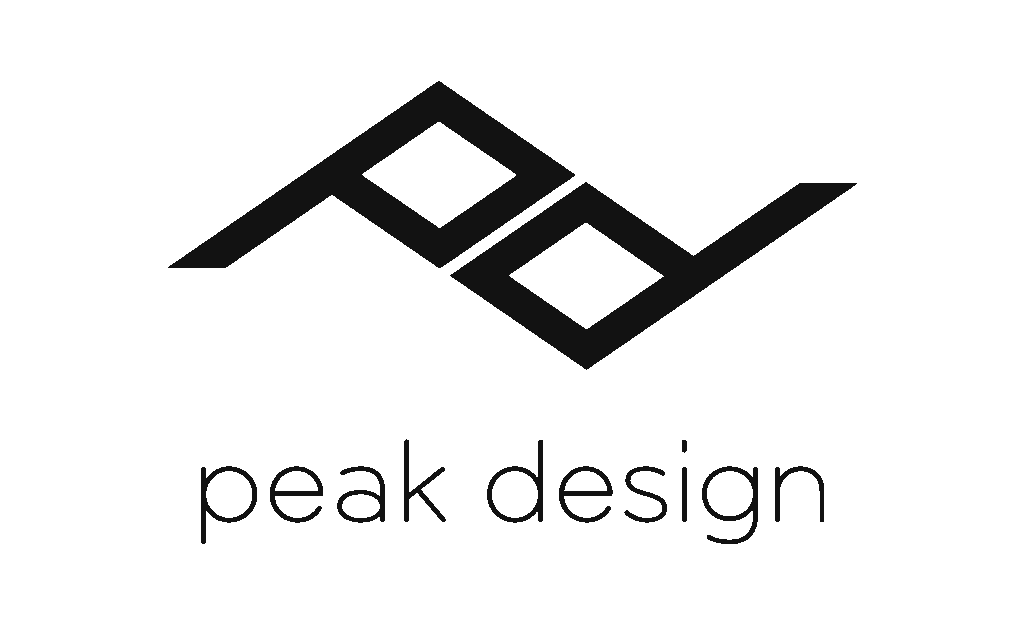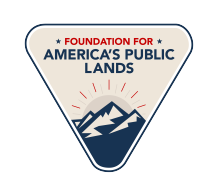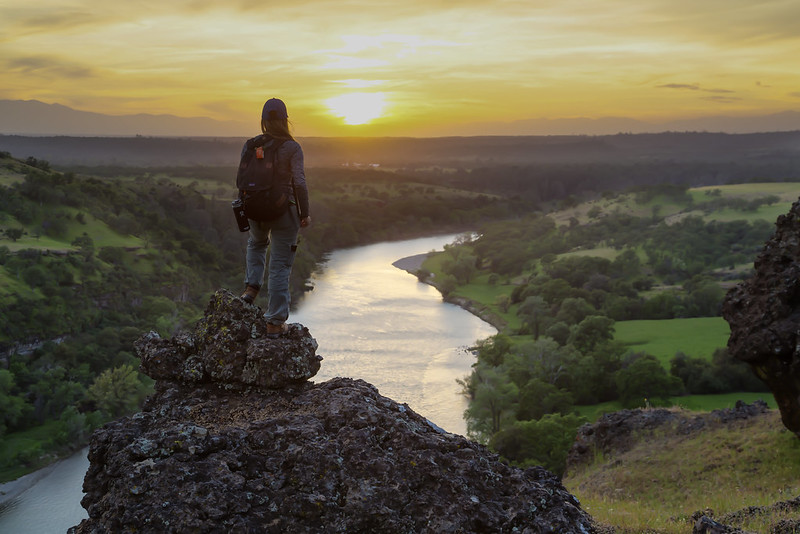Our Work in Action
Investing in the Health and Prosperity of our Public Lands and Waters
As the official charitable partner of the Bureau of Land Management (BLM) the Foundation works to support local communities and partners working alongside the BLM to help advance its multi-use mission. We review projects for future funding on a rolling basis and are open to proposed ideas and nominations. Please contact Programs@AmericasLands.org.
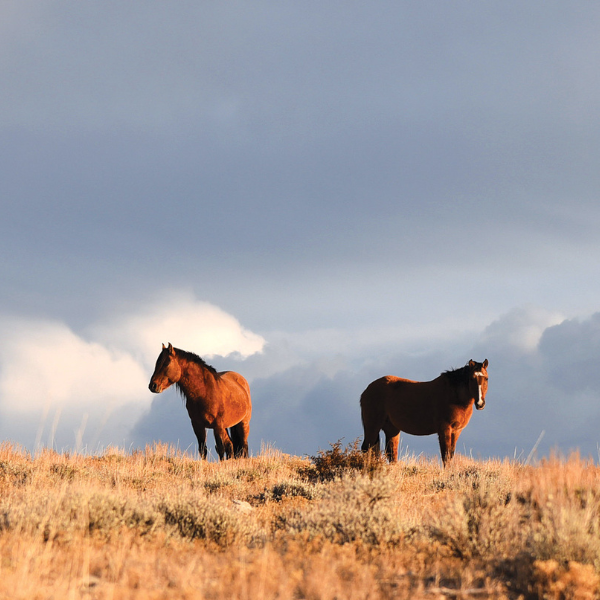
Virtual Roundtable: Local Wild Horse Stewardship Strategies
In June 2025 we welcomed a panel of experts to discuss their experiences and tested solutions for balancing the needs of local communities, wild horse and burro herds, and the land. From fertility control to training and adoption efforts, many local nonprofits across the West are assisting their communities and the Bureau of Land Management in making strides toward healthy herds and healthy public lands. You’ll hear from Piceance Mustangs (CO), Pine Nut Wild Horse Advocates (NV) and Wild Horses of America Foundation (UT).
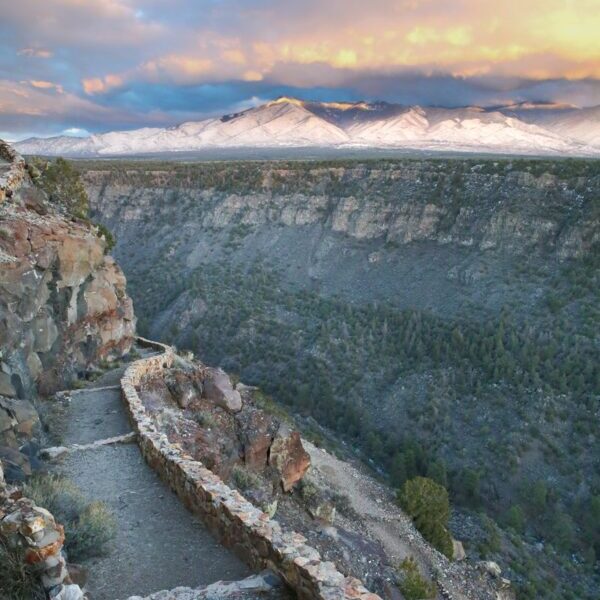
The La Junta Trail in New Mexico’s Río Grande del Norte National Monument
In 2018, the La Junta Trail was closed due to erosion and unsafe conditions, cutting off access for the local community to one of the most popular and culturally significant routes within the BLM-Managed Río Grande del Norte National Monument. Through a grant from the Foundation, the Friends of Río Grande del Norte National Monument received funding to help restore and reopen the La Junta Trail near Taos, New Mexico. This grant provides funding to conduct an engineering plan for the trail – the first step in helping to repair and reopen the trail.
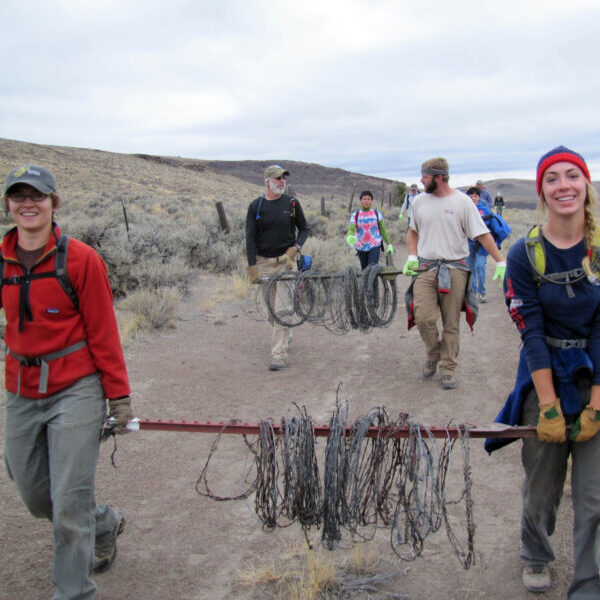
A hands-on learning initiative takes flight at Morley Nelson Snake River Birds of Prey NCA
At the Morley Nelson Snake River Birds of Prey National Conservation Area (NCA), the Foundation is making education a priority among the next generation. Thanks to a grant from the Foundation, a hands-on learning initiative for teenagers is taking flight. The NCA is launching a program to teach students from middle school to college about the rare birds and ecosystems that make the area so special.
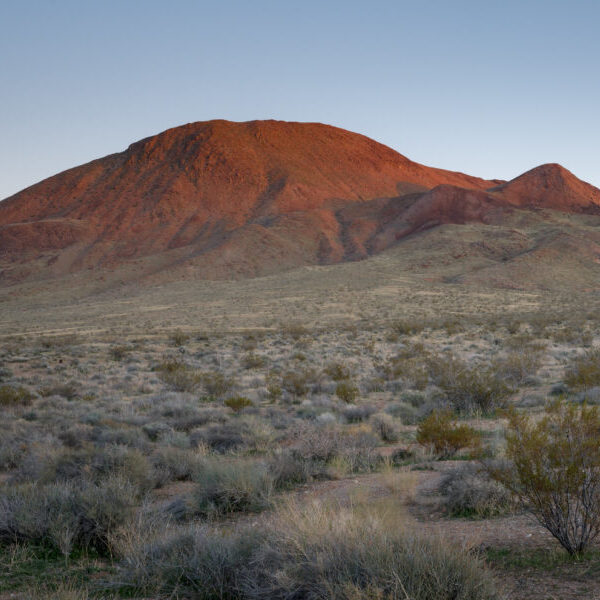
Restoration Helps Renew Recreation Trail in California
In the Red Mountain Region, east of Randsburg, California, a 3-mile stretch of trail was showing the effects of time and heavy use. The Foundation deployed funding to assist the BLM in its efforts to restore compacted trails and control erosion. The team’s hard work will benefit the off-highway vehicle riders who enjoy the designated routes nearby, as well as help improve the habitat of the threatened wild desert tortoise population that shares this area.
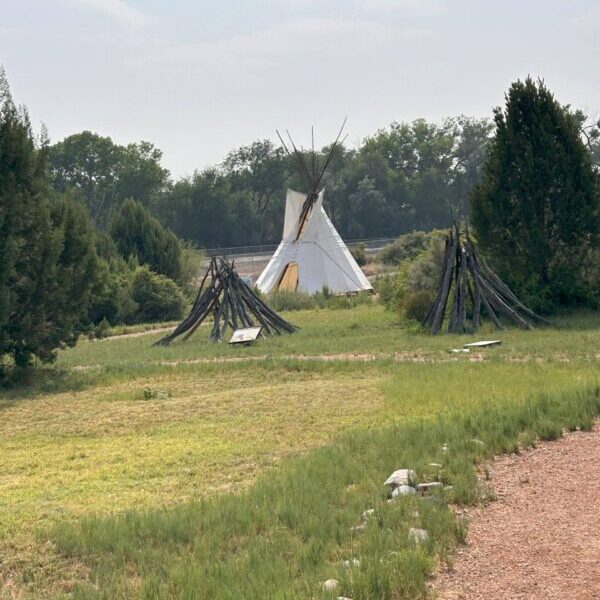
Partnering with the Ute Tribe to Source Native Seed for Drought Resilience Restoration
In Grand Junction, CO, a partnership has the potential to scale into a long-term solution to address native seed shortages needed to restore BLM-managed public lands. The Ute Learning Garden located at the Colorado State University Extension was born out of a partnership between the university, the Ute Indian Tribe of the Uintah and Ouray (UIT), and the BLM. An investment by the Foundation is working to re-establish connection with the UIT to provide opportunities to better incorporate indigenous knowledge into how BLM restores public lands.
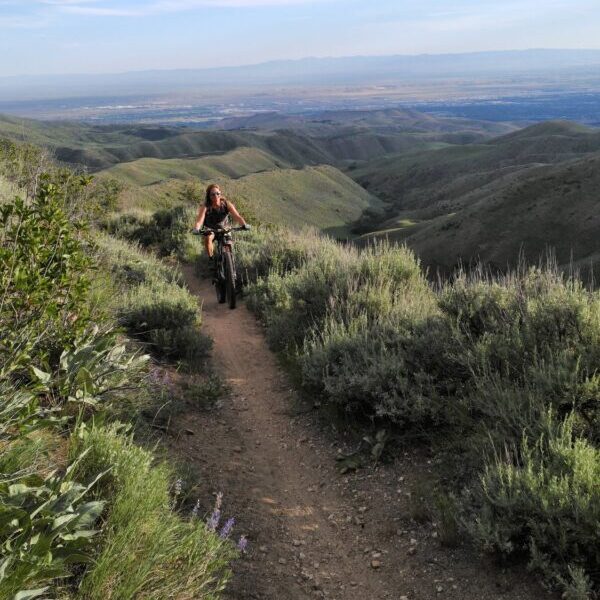
Ridge to Rivers Trail System in Boise, Idaho
The Cartwright Trailhead is a growing hub of activity within the Ridge to Rivers trail system – offering over 210 miles of trails in the Boise foothills for hiking, mountain biking, horseback riding, and more. This popular gateway to outdoor adventure needed investments in the necessities like paved surfaces to ensure access for all users, including those with mobility challenges; improved parking and dedicated slots for horse trailers; and amenities, including restrooms. Through the Foundation’s support, the City of Boise received a grant to enhance existing facilities, improve accessibility, and user experience at the BLM-Managed Cartwright Trailhead in Idaho.
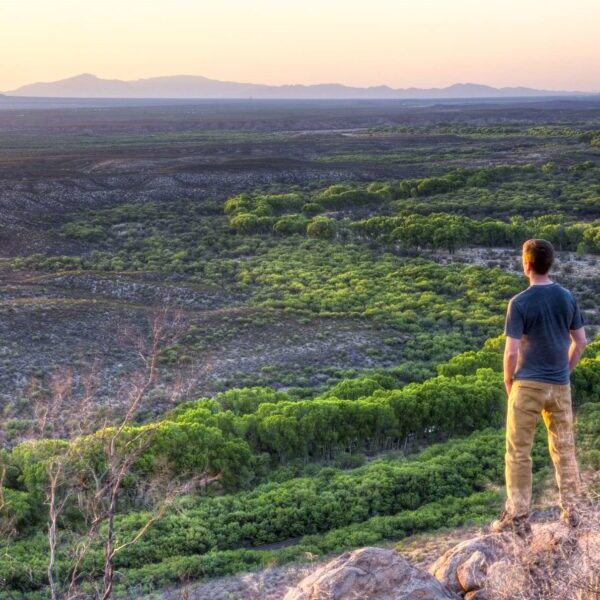
Drought Resilience in the San Pedro Riparian National Conservation Area
The San Pedro River is a vital lifeline for the desert communities and culture of southern Arizona. The river supplies drinking water to residents and businesses, helps support national security at the Fort Huachuca Army facility, fuels the region’s outdoor recreation economy, and provides crucial habitat for hundreds of unique wildlife species. The Foundation is backing a longstanding, local coalition to improve drought resilience within BLM’s San Pedro Riparian National Conservation Area. Funding will promote military readiness, enhance groundwater recharge, boost the river’s resilience to drought, and improve infrastructure to accommodate a growing outdoor recreation industry.
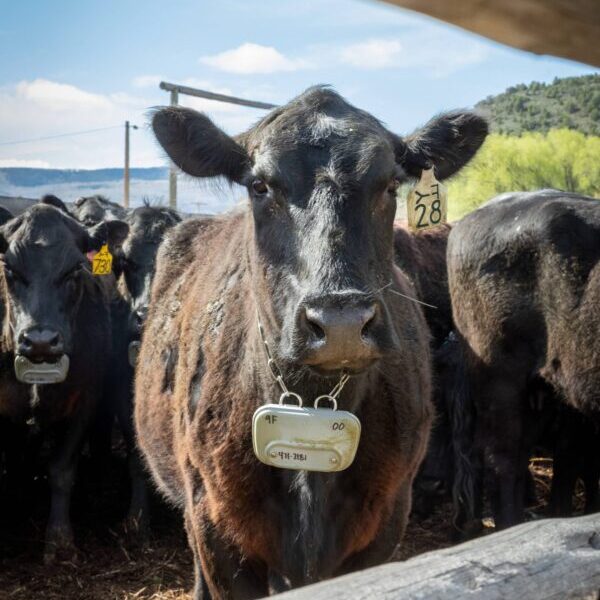
Western Ranchers Adopt Virtual Fencing Technology
In the Colorado River Basin, ranchers and their cattle rely on our public lands. Prolonged drought affecting the region is causing significant challenges for multigenerational ranches. The Foundation is investing in virtual fencing technology to offer ranchers in the Eagle County Conservation District greater flexibility in managing their herds, while improving grazing efficiency and the health of the land. Virtual fence lines could replace existing ones which are expensive to build and maintain for ranchers and create barriers to wildlife movement. Adoption of this groundbreaking technology has the potential to provide real support to ranching families and foster more sustainable management of our public lands and waters.
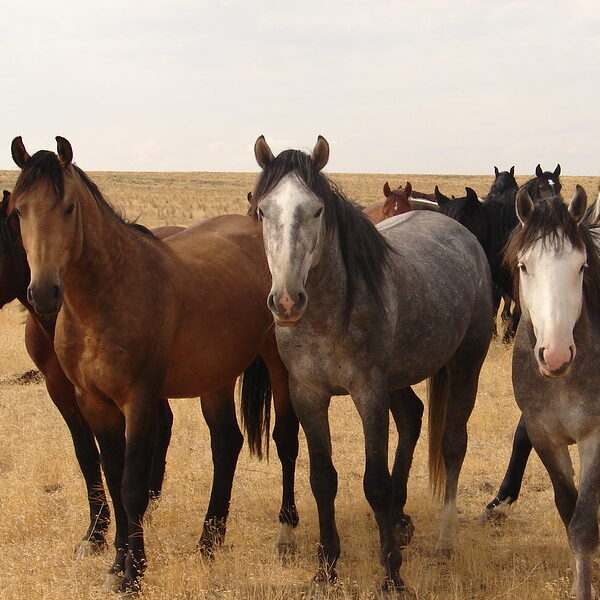
Virtual Roundtable: The Current State of On-Range Management and Adoption Strategies
The Foundation hosted its first virtual roundtable to explore the complexities and opportunities for healthy horse populations and healthy lands and waters. A diverse panel of experts discussed the current state of the issue and set the stage for deeper exploration and partnership opportunities. More than 75 attendees joined the discussion and had an opportunity to submit questions for the panelists; the Foundation will also consider these questions as it makes plans for an ongoing webinar series that will touch on other areas of wild horse and burro management on BLM lands.
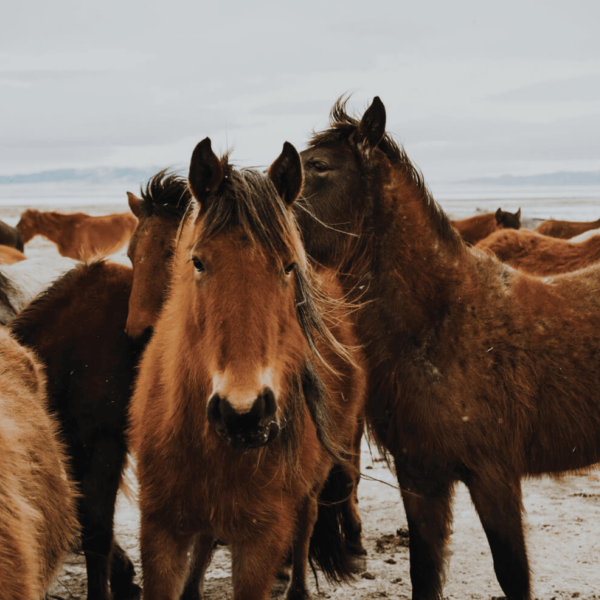
Range to Ranch Collaboration to Assess Adoption Incentive Program
In 2024, the Foundation partnered with the Property and Environment Research Center (PERC) on the development of the report “From Range to Ranch,” which assesses the Bureau of Land Management’s (BLM) wild horse Adoption Incentive Program. The report highlights the overpopulation of wild horses and burros on Western public lands, and the incentive program’s effectiveness in reducing the burden on taxpayers and rangelands. It also found that, on average, annual adoptions of wild horses and burros have more than doubled in the five years since the inception of a $1,000 adoption incentive in 2019 compared to the previous five years.

Virtual Roundtable: Local Wild Horse Stewardship Strategies
In June 2025 we welcomed a panel of experts to discuss their experiences and tested solutions for balancing the needs of local communities, wild horse and burro herds, and the land. From fertility control to training and adoption efforts, many local nonprofits across the West are assisting their communities and the Bureau of Land Management in making strides toward healthy herds and healthy public lands. You’ll hear from Piceance Mustangs (CO), Pine Nut Wild Horse Advocates (NV) and Wild Horses of America Foundation (UT).

Virtual Roundtable: The Current State of On-Range Management and Adoption Strategies
The Foundation hosted its first virtual roundtable to explore the complexities and opportunities for healthy horse populations and healthy lands and waters. A diverse panel of experts discussed the current state of the issue and set the stage for deeper exploration and partnership opportunities. More than 75 attendees joined the discussion and had an opportunity to submit questions for the panelists; the Foundation will also consider these questions as it makes plans for an ongoing webinar series that will touch on other areas of wild horse and burro management on BLM lands.

Range to Ranch Collaboration to Assess Adoption Incentive Program
In 2024, the Foundation partnered with the Property and Environment Research Center (PERC) on the development of the report “From Range to Ranch,” which assesses the Bureau of Land Management’s (BLM) wild horse Adoption Incentive Program. The report highlights the overpopulation of wild horses and burros on Western public lands, and the incentive program’s effectiveness in reducing the burden on taxpayers and rangelands. It also found that, on average, annual adoptions of wild horses and burros have more than doubled in the five years since the inception of a $1,000 adoption incentive in 2019 compared to the previous five years.

The La Junta Trail in New Mexico’s Río Grande del Norte National Monument
In 2018, the La Junta Trail was closed due to erosion and unsafe conditions, cutting off access for the local community to one of the most popular and culturally significant routes within the BLM-Managed Río Grande del Norte National Monument. Through a grant from the Foundation, the Friends of Río Grande del Norte National Monument received funding to help restore and reopen the La Junta Trail near Taos, New Mexico. This grant provides funding to conduct an engineering plan for the trail – the first step in helping to repair and reopen the trail.

A hands-on learning initiative takes flight at Morley Nelson Snake River Birds of Prey NCA
At the Morley Nelson Snake River Birds of Prey National Conservation Area (NCA), the Foundation is making education a priority among the next generation. Thanks to a grant from the Foundation, a hands-on learning initiative for teenagers is taking flight. The NCA is launching a program to teach students from middle school to college about the rare birds and ecosystems that make the area so special.

Restoration Helps Renew Recreation Trail in California
In the Red Mountain Region, east of Randsburg, California, a 3-mile stretch of trail was showing the effects of time and heavy use. The Foundation deployed funding to assist the BLM in its efforts to restore compacted trails and control erosion. The team’s hard work will benefit the off-highway vehicle riders who enjoy the designated routes nearby, as well as help improve the habitat of the threatened wild desert tortoise population that shares this area.

Ridge to Rivers Trail System in Boise, Idaho
The Cartwright Trailhead is a growing hub of activity within the Ridge to Rivers trail system – offering over 210 miles of trails in the Boise foothills for hiking, mountain biking, horseback riding, and more. This popular gateway to outdoor adventure needed investments in the necessities like paved surfaces to ensure access for all users, including those with mobility challenges; improved parking and dedicated slots for horse trailers; and amenities, including restrooms. Through the Foundation’s support, the City of Boise received a grant to enhance existing facilities, improve accessibility, and user experience at the BLM-Managed Cartwright Trailhead in Idaho.

Partnering with the Ute Tribe to Source Native Seed for Drought Resilience Restoration
In Grand Junction, CO, a partnership has the potential to scale into a long-term solution to address native seed shortages needed to restore BLM-managed public lands. The Ute Learning Garden located at the Colorado State University Extension was born out of a partnership between the university, the Ute Indian Tribe of the Uintah and Ouray (UIT), and the BLM. An investment by the Foundation is working to re-establish connection with the UIT to provide opportunities to better incorporate indigenous knowledge into how BLM restores public lands.

Drought Resilience in the San Pedro Riparian National Conservation Area
The San Pedro River is a vital lifeline for the desert communities and culture of southern Arizona. The river supplies drinking water to residents and businesses, helps support national security at the Fort Huachuca Army facility, fuels the region’s outdoor recreation economy, and provides crucial habitat for hundreds of unique wildlife species. The Foundation is backing a longstanding, local coalition to improve drought resilience within BLM’s San Pedro Riparian National Conservation Area. Funding will promote military readiness, enhance groundwater recharge, boost the river’s resilience to drought, and improve infrastructure to accommodate a growing outdoor recreation industry.

Western Ranchers Adopt Virtual Fencing Technology
In the Colorado River Basin, ranchers and their cattle rely on our public lands. Prolonged drought affecting the region is causing significant challenges for multigenerational ranches. The Foundation is investing in virtual fencing technology to offer ranchers in the Eagle County Conservation District greater flexibility in managing their herds, while improving grazing efficiency and the health of the land. Virtual fence lines could replace existing ones which are expensive to build and maintain for ranchers and create barriers to wildlife movement. Adoption of this groundbreaking technology has the potential to provide real support to ranching families and foster more sustainable management of our public lands and waters.
All

Virtual Roundtable: Local Wild Horse Stewardship Strategies
In June 2025 we welcomed a panel of experts to discuss their experiences and tested solutions for balancing the needs of local communities, wild horse and burro herds, and the land. From fertility control to training and adoption efforts, many local nonprofits across the West are assisting their communities and the Bureau of Land Management in making strides toward healthy herds and healthy public lands. You’ll hear from Piceance Mustangs (CO), Pine Nut Wild Horse Advocates (NV) and Wild Horses of America Foundation (UT).

The La Junta Trail in New Mexico’s Río Grande del Norte National Monument
In 2018, the La Junta Trail was closed due to erosion and unsafe conditions, cutting off access for the local community to one of the most popular and culturally significant routes within the BLM-Managed Río Grande del Norte National Monument. Through a grant from the Foundation, the Friends of Río Grande del Norte National Monument received funding to help restore and reopen the La Junta Trail near Taos, New Mexico. This grant provides funding to conduct an engineering plan for the trail – the first step in helping to repair and reopen the trail.

A hands-on learning initiative takes flight at Morley Nelson Snake River Birds of Prey NCA
At the Morley Nelson Snake River Birds of Prey National Conservation Area (NCA), the Foundation is making education a priority among the next generation. Thanks to a grant from the Foundation, a hands-on learning initiative for teenagers is taking flight. The NCA is launching a program to teach students from middle school to college about the rare birds and ecosystems that make the area so special.

Restoration Helps Renew Recreation Trail in California
In the Red Mountain Region, east of Randsburg, California, a 3-mile stretch of trail was showing the effects of time and heavy use. The Foundation deployed funding to assist the BLM in its efforts to restore compacted trails and control erosion. The team’s hard work will benefit the off-highway vehicle riders who enjoy the designated routes nearby, as well as help improve the habitat of the threatened wild desert tortoise population that shares this area.

Partnering with the Ute Tribe to Source Native Seed for Drought Resilience Restoration
In Grand Junction, CO, a partnership has the potential to scale into a long-term solution to address native seed shortages needed to restore BLM-managed public lands. The Ute Learning Garden located at the Colorado State University Extension was born out of a partnership between the university, the Ute Indian Tribe of the Uintah and Ouray (UIT), and the BLM. An investment by the Foundation is working to re-establish connection with the UIT to provide opportunities to better incorporate indigenous knowledge into how BLM restores public lands.

Ridge to Rivers Trail System in Boise, Idaho
The Cartwright Trailhead is a growing hub of activity within the Ridge to Rivers trail system – offering over 210 miles of trails in the Boise foothills for hiking, mountain biking, horseback riding, and more. This popular gateway to outdoor adventure needed investments in the necessities like paved surfaces to ensure access for all users, including those with mobility challenges; improved parking and dedicated slots for horse trailers; and amenities, including restrooms. Through the Foundation’s support, the City of Boise received a grant to enhance existing facilities, improve accessibility, and user experience at the BLM-Managed Cartwright Trailhead in Idaho.

Drought Resilience in the San Pedro Riparian National Conservation Area
The San Pedro River is a vital lifeline for the desert communities and culture of southern Arizona. The river supplies drinking water to residents and businesses, helps support national security at the Fort Huachuca Army facility, fuels the region’s outdoor recreation economy, and provides crucial habitat for hundreds of unique wildlife species. The Foundation is backing a longstanding, local coalition to improve drought resilience within BLM’s San Pedro Riparian National Conservation Area. Funding will promote military readiness, enhance groundwater recharge, boost the river’s resilience to drought, and improve infrastructure to accommodate a growing outdoor recreation industry.

Western Ranchers Adopt Virtual Fencing Technology
In the Colorado River Basin, ranchers and their cattle rely on our public lands. Prolonged drought affecting the region is causing significant challenges for multigenerational ranches. The Foundation is investing in virtual fencing technology to offer ranchers in the Eagle County Conservation District greater flexibility in managing their herds, while improving grazing efficiency and the health of the land. Virtual fence lines could replace existing ones which are expensive to build and maintain for ranchers and create barriers to wildlife movement. Adoption of this groundbreaking technology has the potential to provide real support to ranching families and foster more sustainable management of our public lands and waters.

Virtual Roundtable: The Current State of On-Range Management and Adoption Strategies
The Foundation hosted its first virtual roundtable to explore the complexities and opportunities for healthy horse populations and healthy lands and waters. A diverse panel of experts discussed the current state of the issue and set the stage for deeper exploration and partnership opportunities. More than 75 attendees joined the discussion and had an opportunity to submit questions for the panelists; the Foundation will also consider these questions as it makes plans for an ongoing webinar series that will touch on other areas of wild horse and burro management on BLM lands.

Range to Ranch Collaboration to Assess Adoption Incentive Program
In 2024, the Foundation partnered with the Property and Environment Research Center (PERC) on the development of the report “From Range to Ranch,” which assesses the Bureau of Land Management’s (BLM) wild horse Adoption Incentive Program. The report highlights the overpopulation of wild horses and burros on Western public lands, and the incentive program’s effectiveness in reducing the burden on taxpayers and rangelands. It also found that, on average, annual adoptions of wild horses and burros have more than doubled in the five years since the inception of a $1,000 adoption incentive in 2019 compared to the previous five years.
Wild Horses and Burros

Virtual Roundtable: Local Wild Horse Stewardship Strategies
In June 2025 we welcomed a panel of experts to discuss their experiences and tested solutions for balancing the needs of local communities, wild horse and burro herds, and the land. From fertility control to training and adoption efforts, many local nonprofits across the West are assisting their communities and the Bureau of Land Management in making strides toward healthy herds and healthy public lands. You’ll hear from Piceance Mustangs (CO), Pine Nut Wild Horse Advocates (NV) and Wild Horses of America Foundation (UT).

Virtual Roundtable: The Current State of On-Range Management and Adoption Strategies
The Foundation hosted its first virtual roundtable to explore the complexities and opportunities for healthy horse populations and healthy lands and waters. A diverse panel of experts discussed the current state of the issue and set the stage for deeper exploration and partnership opportunities. More than 75 attendees joined the discussion and had an opportunity to submit questions for the panelists; the Foundation will also consider these questions as it makes plans for an ongoing webinar series that will touch on other areas of wild horse and burro management on BLM lands.

Range to Ranch Collaboration to Assess Adoption Incentive Program
In 2024, the Foundation partnered with the Property and Environment Research Center (PERC) on the development of the report “From Range to Ranch,” which assesses the Bureau of Land Management’s (BLM) wild horse Adoption Incentive Program. The report highlights the overpopulation of wild horses and burros on Western public lands, and the incentive program’s effectiveness in reducing the burden on taxpayers and rangelands. It also found that, on average, annual adoptions of wild horses and burros have more than doubled in the five years since the inception of a $1,000 adoption incentive in 2019 compared to the previous five years.
Recreation and Access

The La Junta Trail in New Mexico’s Río Grande del Norte National Monument
In 2018, the La Junta Trail was closed due to erosion and unsafe conditions, cutting off access for the local community to one of the most popular and culturally significant routes within the BLM-Managed Río Grande del Norte National Monument. Through a grant from the Foundation, the Friends of Río Grande del Norte National Monument received funding to help restore and reopen the La Junta Trail near Taos, New Mexico. This grant provides funding to conduct an engineering plan for the trail – the first step in helping to repair and reopen the trail.

A hands-on learning initiative takes flight at Morley Nelson Snake River Birds of Prey NCA
At the Morley Nelson Snake River Birds of Prey National Conservation Area (NCA), the Foundation is making education a priority among the next generation. Thanks to a grant from the Foundation, a hands-on learning initiative for teenagers is taking flight. The NCA is launching a program to teach students from middle school to college about the rare birds and ecosystems that make the area so special.

Restoration Helps Renew Recreation Trail in California
In the Red Mountain Region, east of Randsburg, California, a 3-mile stretch of trail was showing the effects of time and heavy use. The Foundation deployed funding to assist the BLM in its efforts to restore compacted trails and control erosion. The team’s hard work will benefit the off-highway vehicle riders who enjoy the designated routes nearby, as well as help improve the habitat of the threatened wild desert tortoise population that shares this area.

Ridge to Rivers Trail System in Boise, Idaho
The Cartwright Trailhead is a growing hub of activity within the Ridge to Rivers trail system – offering over 210 miles of trails in the Boise foothills for hiking, mountain biking, horseback riding, and more. This popular gateway to outdoor adventure needed investments in the necessities like paved surfaces to ensure access for all users, including those with mobility challenges; improved parking and dedicated slots for horse trailers; and amenities, including restrooms. Through the Foundation’s support, the City of Boise received a grant to enhance existing facilities, improve accessibility, and user experience at the BLM-Managed Cartwright Trailhead in Idaho.
Stewardship and Restoration

Partnering with the Ute Tribe to Source Native Seed for Drought Resilience Restoration
In Grand Junction, CO, a partnership has the potential to scale into a long-term solution to address native seed shortages needed to restore BLM-managed public lands. The Ute Learning Garden located at the Colorado State University Extension was born out of a partnership between the university, the Ute Indian Tribe of the Uintah and Ouray (UIT), and the BLM. An investment by the Foundation is working to re-establish connection with the UIT to provide opportunities to better incorporate indigenous knowledge into how BLM restores public lands.

Drought Resilience in the San Pedro Riparian National Conservation Area
The San Pedro River is a vital lifeline for the desert communities and culture of southern Arizona. The river supplies drinking water to residents and businesses, helps support national security at the Fort Huachuca Army facility, fuels the region’s outdoor recreation economy, and provides crucial habitat for hundreds of unique wildlife species. The Foundation is backing a longstanding, local coalition to improve drought resilience within BLM’s San Pedro Riparian National Conservation Area. Funding will promote military readiness, enhance groundwater recharge, boost the river’s resilience to drought, and improve infrastructure to accommodate a growing outdoor recreation industry.

Western Ranchers Adopt Virtual Fencing Technology
In the Colorado River Basin, ranchers and their cattle rely on our public lands. Prolonged drought affecting the region is causing significant challenges for multigenerational ranches. The Foundation is investing in virtual fencing technology to offer ranchers in the Eagle County Conservation District greater flexibility in managing their herds, while improving grazing efficiency and the health of the land. Virtual fence lines could replace existing ones which are expensive to build and maintain for ranchers and create barriers to wildlife movement. Adoption of this groundbreaking technology has the potential to provide real support to ranching families and foster more sustainable management of our public lands and waters.
Supporting Partners
